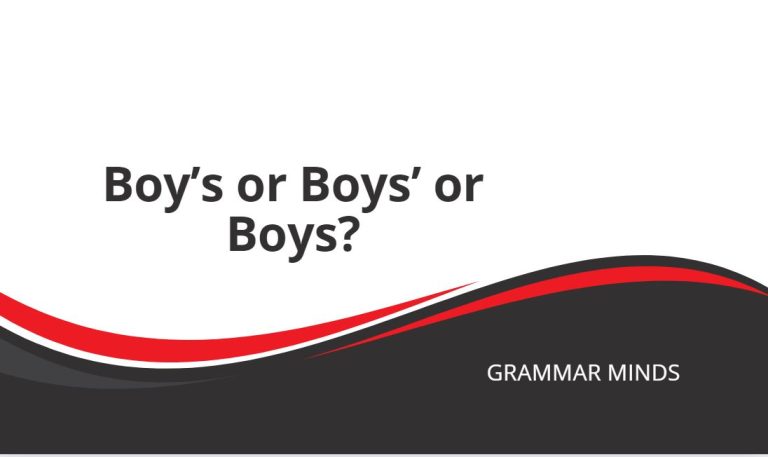The word leader’s is the singular possessive form of leader. E.g., “The leader’s decision was final.” Furthermore, leaders’ is the plural possessive form. E.g., “The leaders’ meeting was scheduled for Monday.” Also, leaders is the standard plural of leader. E.g., “The leaders addressed the crowd.”

The following chart provides a summary of the different forms of leader.
| Form | Example Sentence |
| Singular | Leader |
| Plural | Leaders |
| Singular possessive | Leader’s |
| Plural possessive | Leaders’ |
You can make the plural form by adding an “s” to leader.
Furthermore, you can make the singular possessive by inserting an apostrophe and an “s” after leader. In comparison, the plural possessive is made by adding an apostrophe to the end of leaders.
In the following examples, you can see the different forms of the word leader in context:
- Singular: The leader inspired the team with her speech.
- Plural: The leaders collaborated on the new policy.
- Singular possessive: The leader’s vision was clear and inspiring.
- Plural possessive: The leaders’ strategies were aligned with the company’s goals.
The difference between the singular and plural possessives is that we are talking about one leader in the singular possessive sentence. However, in the plural possessive sentence, we are talking about something that belongs to multiple leaders.
Now you have learned the basics of how to use the possessive forms of leader. However, you should keep reading so you can learn more about each form and how to use them.
Leader’s
The word leader’s is the singular possessive of the word leader. Therefore, you use it when you want to say that something belongs to one leader.
You can mention things that are a physical part of a leader or part of their responsibilities.
- The leader’s office was on the top floor.
- Our leader’s guidance has been invaluable during this project.
Leaders’
The word leaders’ is the plural possessive of leader. Therefore, you use it when you want to indicate that something belongs to multiple leaders.
The plural possessive can refer to physical objects owned by leaders, as well as things like results or opinions.
- The leaders’ conference room was equipped with the latest technology.
- Someone compiled the leaders’ reports into a comprehensive document.
Furthermore, the term leaders’ can also refer to spaces explicitly designed for leaders, as well as periods of time that leaders spend without their teams.
- The leaders’ retreat focused on strategic planning.
- They organized a leaders’ forum to discuss industry challenges.
Leaders
The term leaders is the standard plural of the word leader. Therefore, you use it when you want to talk about more than one leader in non-possessive sentences.
You can use the plural version to mention a specific number of leaders.
- Ten leaders attended the annual summit.
Also, you can use it to refer to all leaders in a general sense.
- Leaders play a crucial role in shaping the future of the organization.







